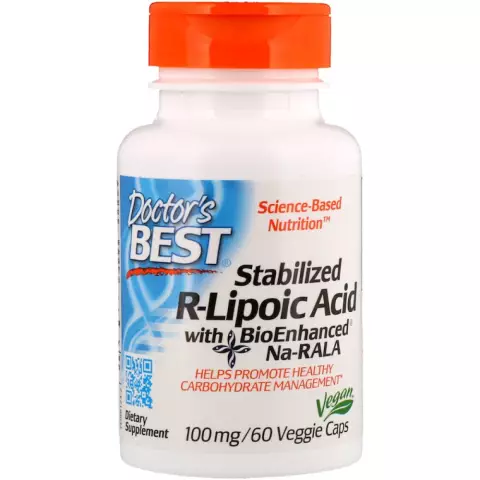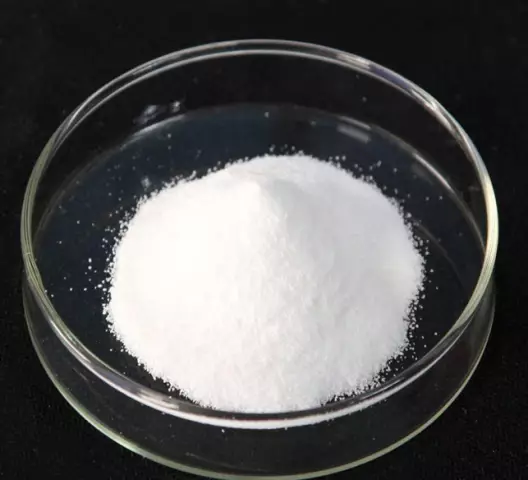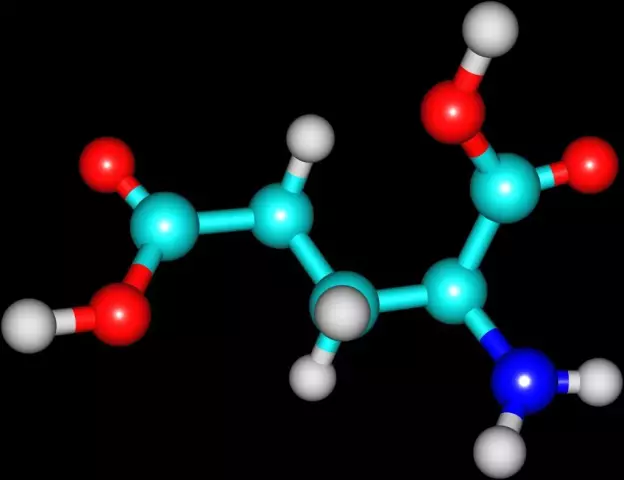- Author Rachel Wainwright [email protected].
- Public 2023-12-15 07:39.
- Last modified 2025-11-02 20:14.
Aminocaproic acid
Prices in online pharmacies:
from 61 rub.
Buy
pharmachologic effect

Aminocaproic acid is an antihemorrhagic and hemostatic drug that has a specific hemostatic effect in bleeding related to increased fibrinolysis (the process of dissolving blood clots). This drug helps to reduce capillary permeability, as well as inhibition of fibrinolysis in general. Aminocaproic acid increases the antitoxic ability of the liver, exhibits moderate anti-shock and anti-allergic activity. The drug is able to improve some indicators of specific and nonspecific protection in ARVI.
After application, the maximum concentration of aminocaproic acid in the blood is observed after 2-3 hours. Plasma protein binding is practically absent. The main part of the drug is excreted by the kidneys unchanged, and 10-15% is biotransformed in the liver. The accumulation of aminocaproic acid occurs only if there is a violation of urinary function.
Indications for the use of Aminocaproic acid
This drug is used when it is necessary to stop bleeding with increased fibrinolytic activity of blood and tissues that accompany surgical interventions and various pathological conditions. Thus, aminocaproic acid is effective in bleeding after operations on the pancreas, lungs, prostate, thyroid gland, as well as in premature placental abruption, acute pancreatitis, liver disease.
Method of using aminocaproic acid
This drug is available in the form of a powder for oral administration (1 sachet corresponds to 1 g) and a solution for infusion of 5%.
The powder is taken orally during or after a meal, washed down with sweet water or previously dissolved in it. According to the instructions for Aminocaproic acid, a single dose of the drug for oral administration is calculated as follows: 0.1 g is multiplied by the patient's weight in kilograms. The daily dose should be divided into 3-6 doses, it usually corresponds to 5-24 g.
Aminocaproic acid for children is calculated by multiplying 0.05 g of the drug by the weight of the child, but should not exceed 1 gram. The daily dose of the drug depends on the age of the child: children under 1 year old are prescribed 3 g, children 2-6 years old - 3-6 sachets; children 7-10 years old can take the drug in an amount of 6-9 g; over 10 years old - 10-15 g.

The daily dose of aminocaproic acid for children is divided into 3-5 doses.
In the case of acute hypofibrinogenemia, Aminocaproic acid in the form of a solution is administered in a dose of 100 ml intravenously by drip, if necessary, the administration is repeated after 4 hours.
Aminocaproic acid in the nose
For the prevention of influenza, aminocaproic acid is used in the nose, which is due to the ability of the drug to strengthen the vessels in the sinuses, reduce the risk of bleeding and increase blood clotting. This method of using the drug is based on its decongestant and antiallergic effect, as well as the ability to reduce the amount of nasal discharge. The appointment of aminocaproic acid in the nose can disrupt the interaction of the body and the virus.
It is recommended to use a 5% solution of aminocaproic acid according to the following scheme: 2-3 drops in the nose 4 times a day for preventive purposes and every 3 hours during treatment. The course is 3-7 days. Aminocaproic acid in the nose is not contraindicated in pregnant women (3 drops 3 times a day), however, you should consult a doctor before use.
Side effects
The instructions for Aminocaproic acid indicate the following negative consequences:
- arrhythmia, bradycardia, subendocardial hemorrhage, orthostatic hypotension;
- diarrhea and nausea; convulsions, tinnitus, dizziness, headaches;
- skin rash, acute renal failure, catarrhal symptoms of the upper respiratory tract.
Contraindications
The use of aminocaproic acid is unacceptable when:
- tendency to embolism and thrombosis;
- disseminated intravascular coagulation syndrome;
- hereditary and secondary thrombophilia;
- macrohematuria;
- hypersensitivity;
- severe renal dysfunction;
- breastfeeding;
- pregnancy.
Additional Information
Aminocaproic acid should be stored in a dry place at a temperature not exceeding 25 ° C. Shelf life - 2 years.
Aminocaproic acid: prices in online pharmacies
|
Drug name Price Pharmacy |
|
Aminocaproic acid 50 mg / ml solution for infusion 100 ml 1 pc. RUB 61 Buy |
|
Aminocaproic acid 50 mg / ml solution for infusion 100 ml 1 pc. 74 RUB Buy |
|
Aminocaproic acid 50 mg / ml solution for infusion 100 ml 48 pcs. 2457 RUB Buy |
Information about the drug is generalized, provided for informational purposes only and does not replace the official instructions. Self-medication is hazardous to health!






